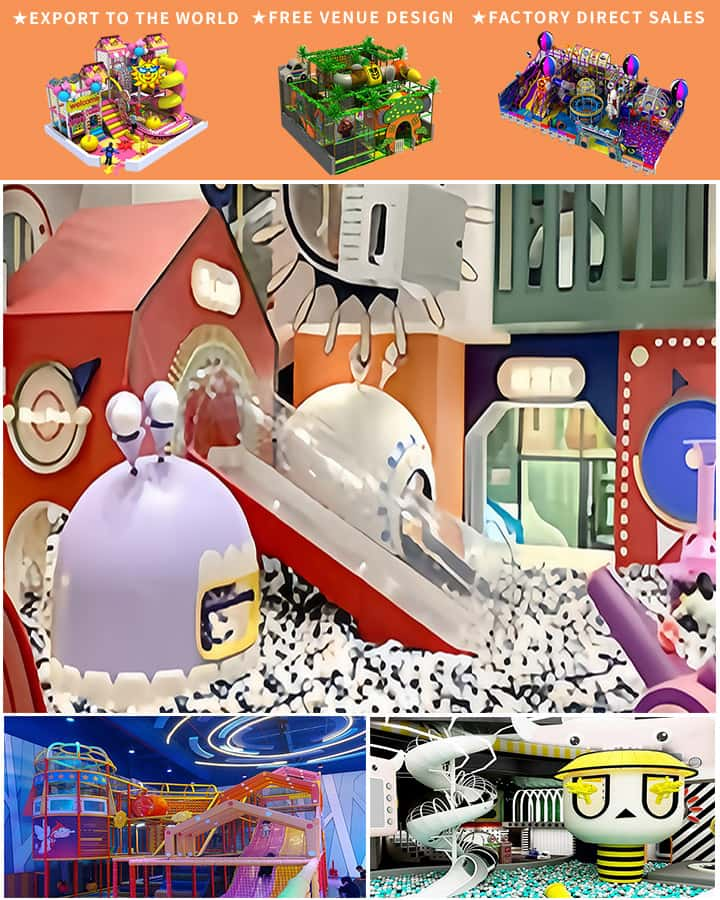Playgrounds are magical spaces where children’s imaginations run wild and their physical abilities are put to the test. These vibrant areas, filled with a variety of equipment, play a crucial role in children’s development by promoting physical activity, social interaction, and creativity. Understanding the names of different playground equipment can help parents, caregivers, and educators make informed decisions about which activities will be most beneficial for children. Here’s a comprehensive guide to some popular types of playground equipment:
1. Swings
Swings are among the most iconic pieces of playground equipment. They come in various designs, such as traditional belt swings, bucket swings, and tire swings. Swings provide an excellent way for children to develop their motor skills and coordination while having fun.
2. Slides
Slides are a staple on any playground. They come in numerous shapes and sizes, from simple straight slides to more complex spiral and twisting slides. Slides offer thrilling experiences that encourage children to overcome their fears and improve their sense of balance and spatial awareness.
3. Seesaws
Seesaws, also known as teeter-totters, allow children to engage in cooperative play as they work together to go up and down. This classic piece of equipment helps develop gross motor skills and teaches children about balance, timing, and teamwork.

4. Climbers
Climbing structures like jungle gyms, ladders, and climbing walls offer children opportunities to challenge their strength and coordination. These vertical challenges help build upper body strength and boost confidence as kids navigate their way to the top.
5. Merry-Go-Rounds
Merry-go-rounds provide a gentle form of exercise and are especially enjoyable for younger children. These circular platforms can be manually spun or powered by pushing with feet, fostering social interaction and cooperation among children.
6. Balance Beams
Balance beams come in various forms, including low-to-the-ground beams and elevated balance courses. These structures help kids develop their sense of balance and coordination as they walk across the narrow path without losing their footing.
7. Sandboxes
Sandboxes are versatile play areas that encourage sensory exploration and creativity. Equipped with shovels, buckets, and molds, sandboxes allow children to dig, build, and create while developing fine motor skills and fostering imaginative play.
8. Spring Riders
Spring riders, also known as bouncers, consist of a seat suspended by springs or rubber. As children bounce up and down, they get a workout that strengthens their leg muscles and improves their cardiovascular health.
9. Carousel
A carousel is a rotating platform with seats arranged around the perimeter. It offers gentle motion that excites and entertains young children, promoting a sense of adventure while providing a safe spinning experience.
10. Zip Lines
For older children seeking an adrenaline rush, zip lines provide an exhilarating way to travel from one point to another. Zip lines enhance upper body strength and coordination as kids hold on tight and glide through the air.
Conclusion
From swings to zip lines, playground equipment comes in diverse forms that cater to different age groups and abilities. Each piece not only provides entertainment but also plays a significant role in physical and cognitive development. By understanding these playground essentials, adults can better support children’s growth and ensure their time at the playground is both safe and enriching. So the next time you visit a playground, take a moment to appreciate the variety of equipment designed to bring joy and learning to young minds and bodies.




